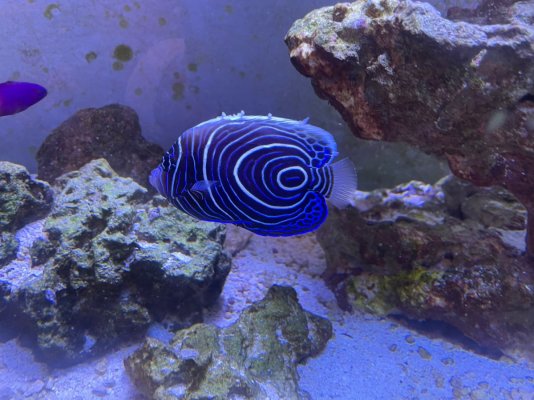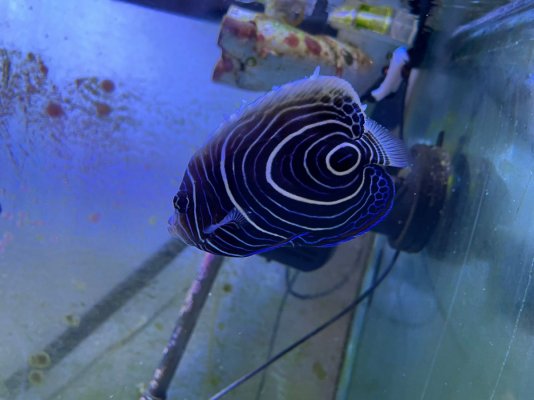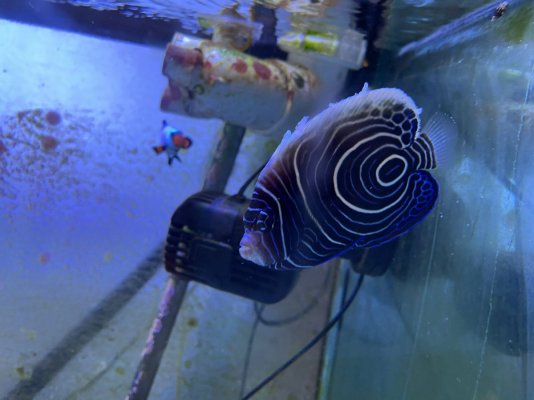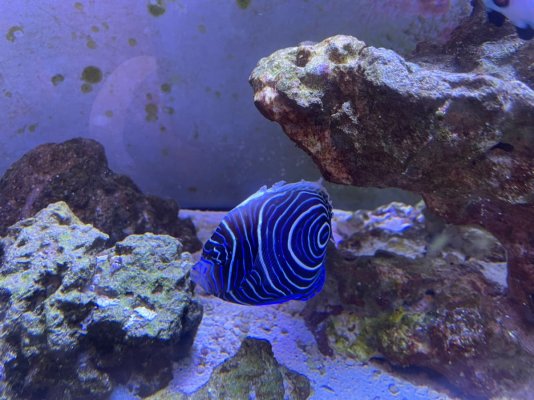I have an emporer angelfish. It seems to have dots on its fin and body so im taking it out to treat with copper. It also has clumpy dorsal fins. Originally it was just one and i didnt think much of it but now there are multiple clumps on its back. Might the dots be something other than ich and should i be concerned about the fins. Hopefully the pictures are clear enough for someone here to help me out.any help eould be appreciated






















